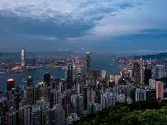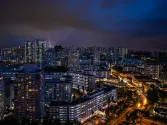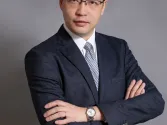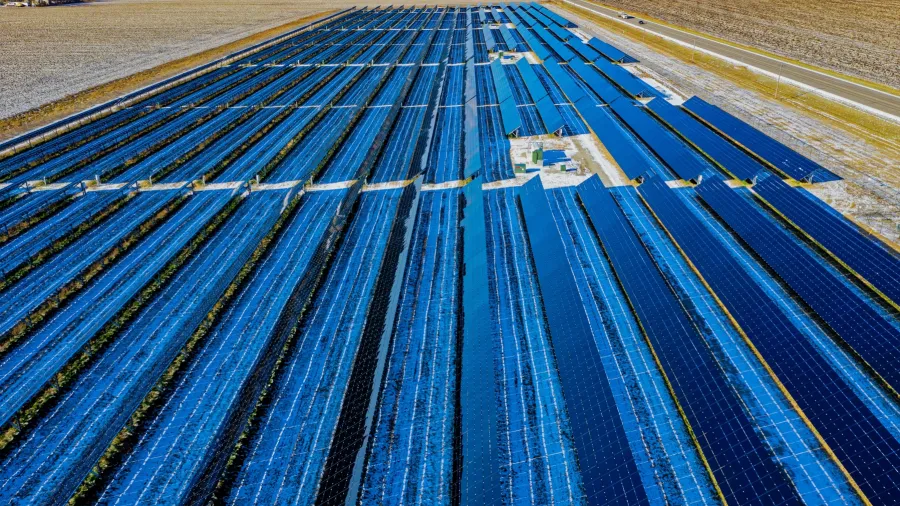
West moves to ‘level the playing field’ in China-dominated clean energy supply chain
China’s investment reached $140b in 2023, higher than the rest of the world’s $20b.
The move to ramp up the manufacturing capacity for clean energy supply “might be too little too late” for the Western countries as they will need up to $700b to catch up with China’s dominance in the global supply chain.
In a report, Rystad Energy said the energy security concerns brought by the Russia-Ukraine war have prompted the Western government to also prioritise renewable and clean-tech supply chains as China is leading in the manufacturing of solar and battery cells, amongst other sectors.
Audun Martinsen, head of supply chain research, at Rystad Energy, said it is risky to rely on a single trade partner for important manufacturing or raw materials.
ALSO READ: China set to generate highest LNG capacity in Asia through 2027
“As the energy transition accelerates and demand for affordable clean energy capacity grows, the West is frantically trying to break China’s stronghold on supply chains to boost adoption rates and cut costs,” he said.
“However, these countries are fighting an uphill battle, and it will take many years and significant investments to make an impact,” he added.
Europe and the US have implemented various actions to “level the playing field”, such as the US Inflation Reduction Act, which resulted in initiatives such as grants to encourage the building of battery cells, solar modules and wind component manufacturing locally.
However, Rystan Energy said the project pipeline outside China is less than a quarter of the investment required to veer away from China.
China’s annual investment in ramping up its manufacturing and processing capacity rose from $10b in 2016 to $140b in 2023, bringing its solar capacity to 850 gigawatts alternating current (GWac), and its battery cell capacity to 1,550 gigawatt-hours (GWh).
This is significantly higher compared to the combined annual investment in all other markets, which only totalled $20b in 2023.
“As well as a manufacturing and mining head start, China has a know-how and intellectual property advantage as Chinese companies own myriad patents and lead the development of new technologies. This will also delay the speed at which the EU and US can catch up, pushing their self-sufficiency timeline into the 2030s,” Rystad Energy said.
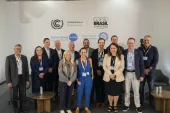

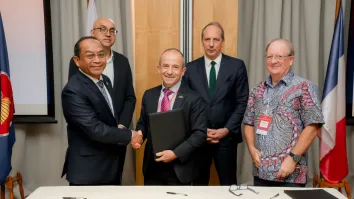







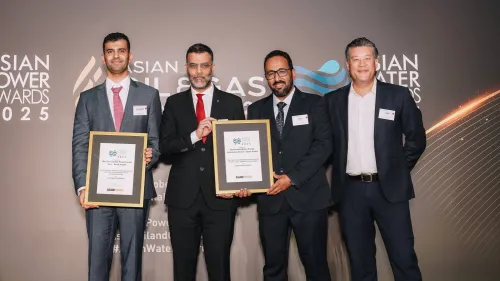
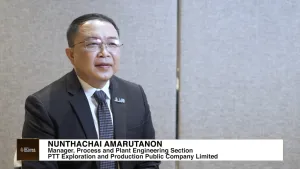
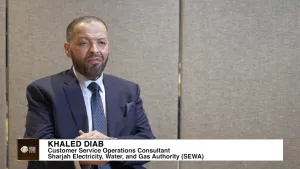



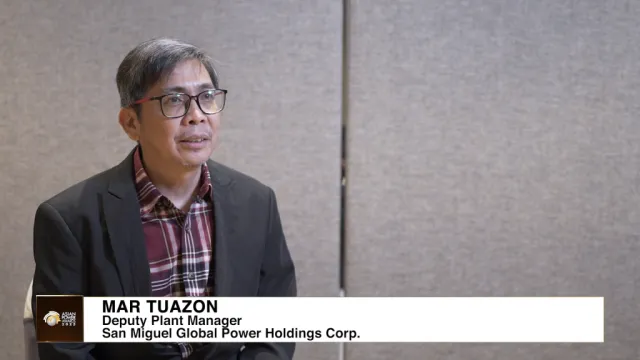
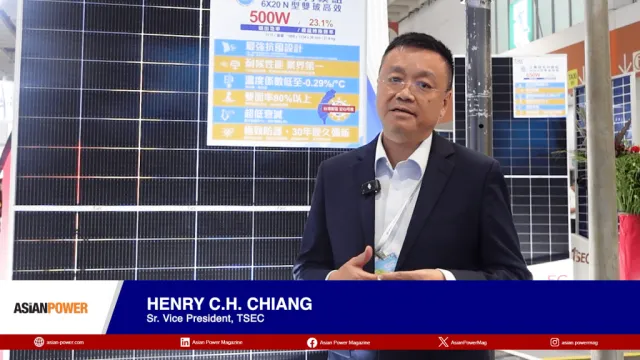

 Advertise
Advertise
